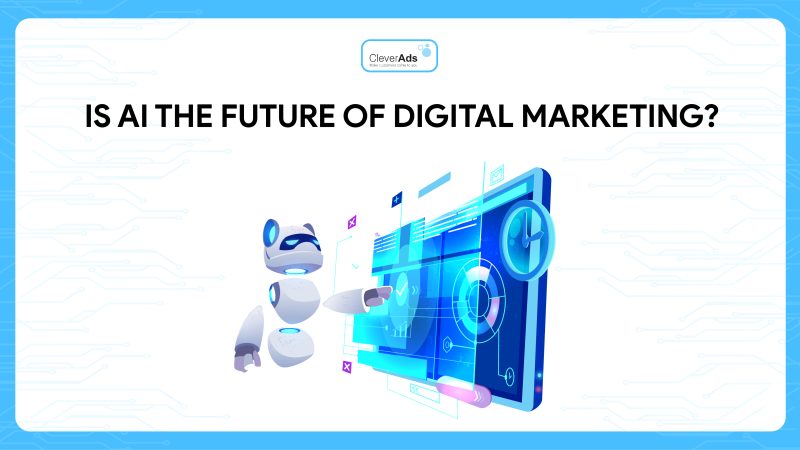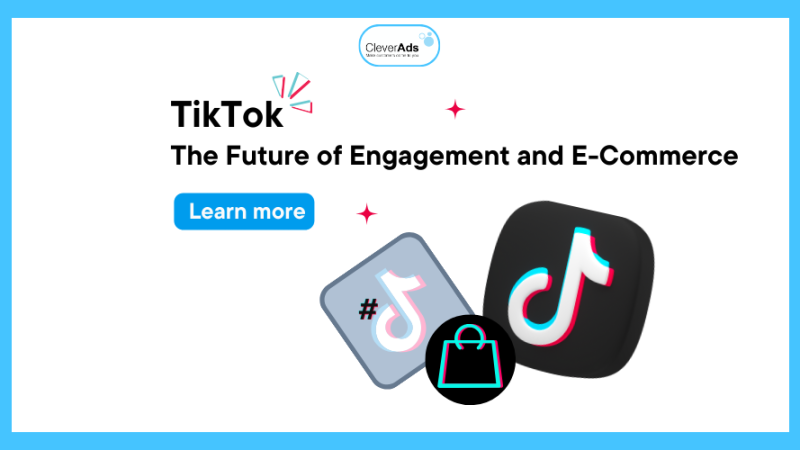Digital Marketing Trends 2023 Forecast (Part 1)

Today, as consumers are becoming more discerning in their choices of products and services, there seems to be a global cost crisis. This reason urges brands to be more cautious in making strategies and and update digital marketing trends in 2023.
Brands must be transparent, think through their marketing messages, research, and adjust their strategies accordingly in the coming year. Marketers must be aware of upcoming trends to plan and capitalize on recent developments.
In this article, CleverAds will deliver all about digital marketing trends in 2023. This paper will identify some of the most critical trends to get your business off to a great start in 2023.
1. SOCIAL MEDIA AND INFLUENCERS MARKETING TRENDS
We predict the year 2023 to have many exciting trends in social media. Social media is an area that will be significantly changed in marketing, and brands need to adapt to new trends to use these platforms effectively and quickly.
1.1. TikTok will continue to grow and dominate the market.
TikTok has become a significant competitor in social media marketing, which will remain the same in 2023. In 2021, TikTok earned $4.6 billion, up 142% year-on-year, with 1.8 billion monthly active users predicted by the end of 2022 (according to The Business of Apps).
TikTok is creating a marketplace that isn’t just for consumers or creators anymore but also focuses on usability for businesses. Improved ad targeting features will make TikTok a bigger and better platform for companies and brands by 2023.
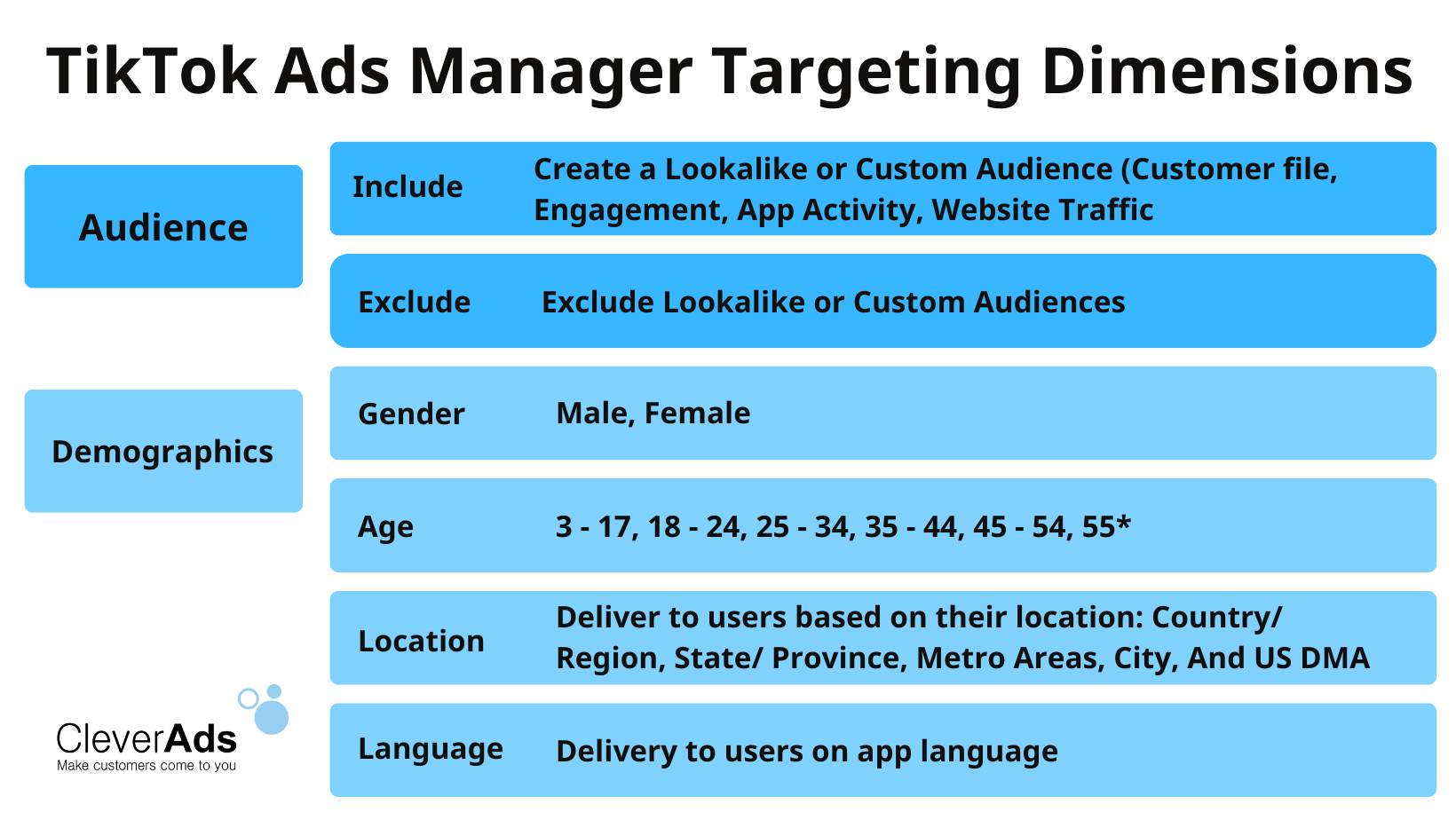
Alison Battisby, a social media consultant at Avocado Social, said:
“One thing that we’re going to see from TikTok over the next year is a simplification around business tools. They have been making waves in improving the usability of the advertising dashboard for businesses. I’ve looked at some of the new targeting options they’ve launched for their ads feature, and it’s a smart move.”
1.2. Decentralization in social networks to create a “super app”
The changes in Twitter have exposed the vulnerability of social media platforms. Customers today no longer want to interact with billionaire-led platforms but want to have control over their content and data.
Battisby stated:
“We are moving towards the need to decentralize social networks. Some of the new and exciting platforms we’re seeing are the social networking service Mastodon – a self-hosted free and open-source social networking platform. Mastodon has had a massive number of downloads in the past few weeks. And it’s an exciting tool because the platform allows anyone to build a standalone server inside the network.”
Other apps are like BlueSky, developed by Jack Dorsey – former CEO of Twitter. Considered more of an infrastructure than a platform, the company describes BlueSky as “a new platform for social networking, giving creators independence from the platform, developers can freely build, and users can choose their own experience.
1.3. The Creator Economy will grow and change.
As brand awareness has now become a deeper focus on social media platforms, they forced marketers to cooperate with creators with solid fanbases.
This can be a challenge for brands to create content that engages customers. “Since COVID, we have seen a new social media culture that focuses on the number of followers and the content itself. This is the era called “recommended media”. I believe this will push brands to collaborate and work more with influencers and creators,” said Neal Schaffer – a social media leader.
The emergence of creator funds on TikTok, YouTube, Twitch, etc., has incentivized creators to create content that a brand can leverage.
2. B2B Marketing Trends
B2B Marketing is usually considered less attractive than B2C. But that’s not true. As a B2B company, it is essential to be creative in your marketing activities and know how to use channels and tools to make an impression in customers’ eyes.
2.1. The rise of video marketing.
As marketers, we all know the connecting power that a great video campaign can have. Up to 86% of businesses use video as a marketing tool, and 92% consider it an essential part of their strategy (according to Wyzowl’s research).
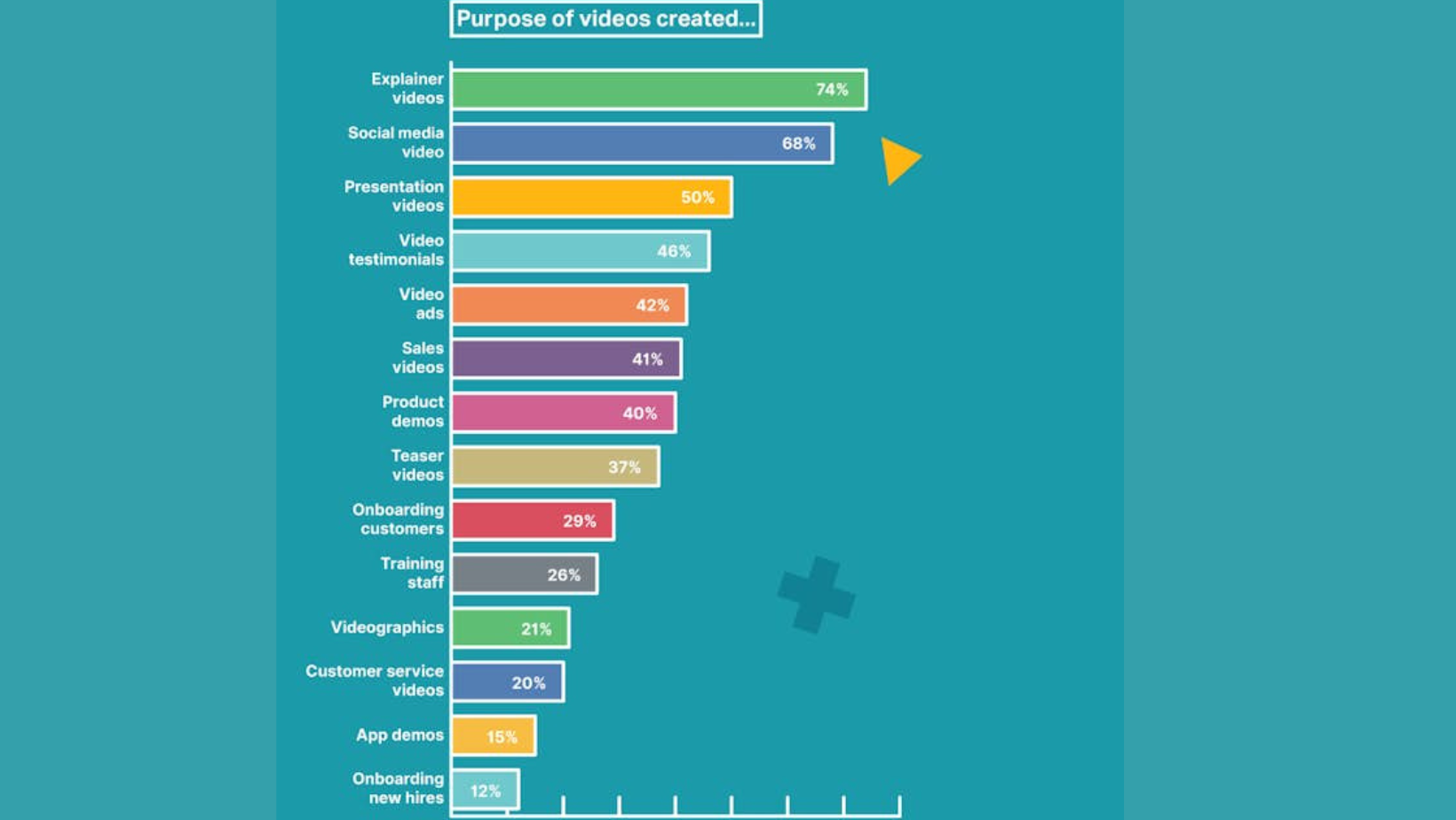
The same study found that businesses use videos as a person to explain, followed by videos to present campaign content. The top three channels in everyday use are YouTube, LinkedIn, and Instagram.
For B2B companies, video can be essential in the sales and marketing cycle. Especially on LinkedIn, videos have become more popular, providing a way to connect and influence customers.
“LinkedIn has become a place where people can quickly create user-generated content,” said Stephen Walsh, co-founder of Kineo and Anders Pink. People do it with varying degrees of ingenuity. Mileage will vary depending on style and budget. But I think videos have added much personality to the platform and made the content more shareable. Also, videos are an excellent way for you to act like a connector.”
2.2. More motivation for the use of social selling.
Social Media effectively allows brands and sales teams to connect with customers. This is especially true for B2B companies with long sales cycles and who rely on digital channels to deliver relevant and helpful information.
There are differences between posting content to drive sales messages and using content to engage and create connections. A social transformation expert and author – Julie Atherton, believes this will drive business success in 2023.
Atherton said: “I think there will be a clear line between businesses that empower teams to use social media effectively in building relationships, and businesses see social media as a channel to promote sales messages.”
2.3. The need for content sharing and management.
While companies focus a lot on creating original content, sharing selective content can also be highly effective.
If the content is relevant, it can spur conversations and show that the company is interested in solving customer problems or sharing information rather than just selling.
“If you’re reaching for something very informative, it doesn’t matter if you’ve created it or not,” says Walsh. I think (sharing content) can be an effective way to provide some insights and knowledge while also showing that you are a trusted person who can add value. This is an effective B2B strategy.”
Valuable pieces of information that you can share:
- Business News
- Third-party research
- Press Release
- Interviews (including videos and blogs)
- In-depth features
- Podcasts
3. CONTENT MARKETING TRENDS
The Content Marketing Institute found that while 78% of marketers have a strategic approach to content management, just over half have a documented content strategy for reference. This needs to be corrected in today’s content-hungry society.
3.1. Use content to get attention
We marketers know that content can be used at all marketing and sales funnel stages to provide information and solutions. But content can do so much more.
By 2023, everyone should use content to make connections and build community.
As customers become more interested in the values and personality of the brand, it is the companies that nurture and seek relationships that will achieve outstanding success.
Kate Toon, founder of Stay Toone said:
“While social media and email marketing will still have their place, for me, communities drive the most sales. People are looking for the community; they want to reach out and get support from others.”
And the leaders of those communities must be on the same page. People want to feel like they’re buying from companies that will offer similar value, in line with their own.
3.2. Refine and define the partnerships between creators and brands.
The amount of content around us is enormous. Although there is much good content, a large part of it has an awful collaboration with influencers or does not target the right audience. This is where a good content creator/brand partner can unleash their full potential.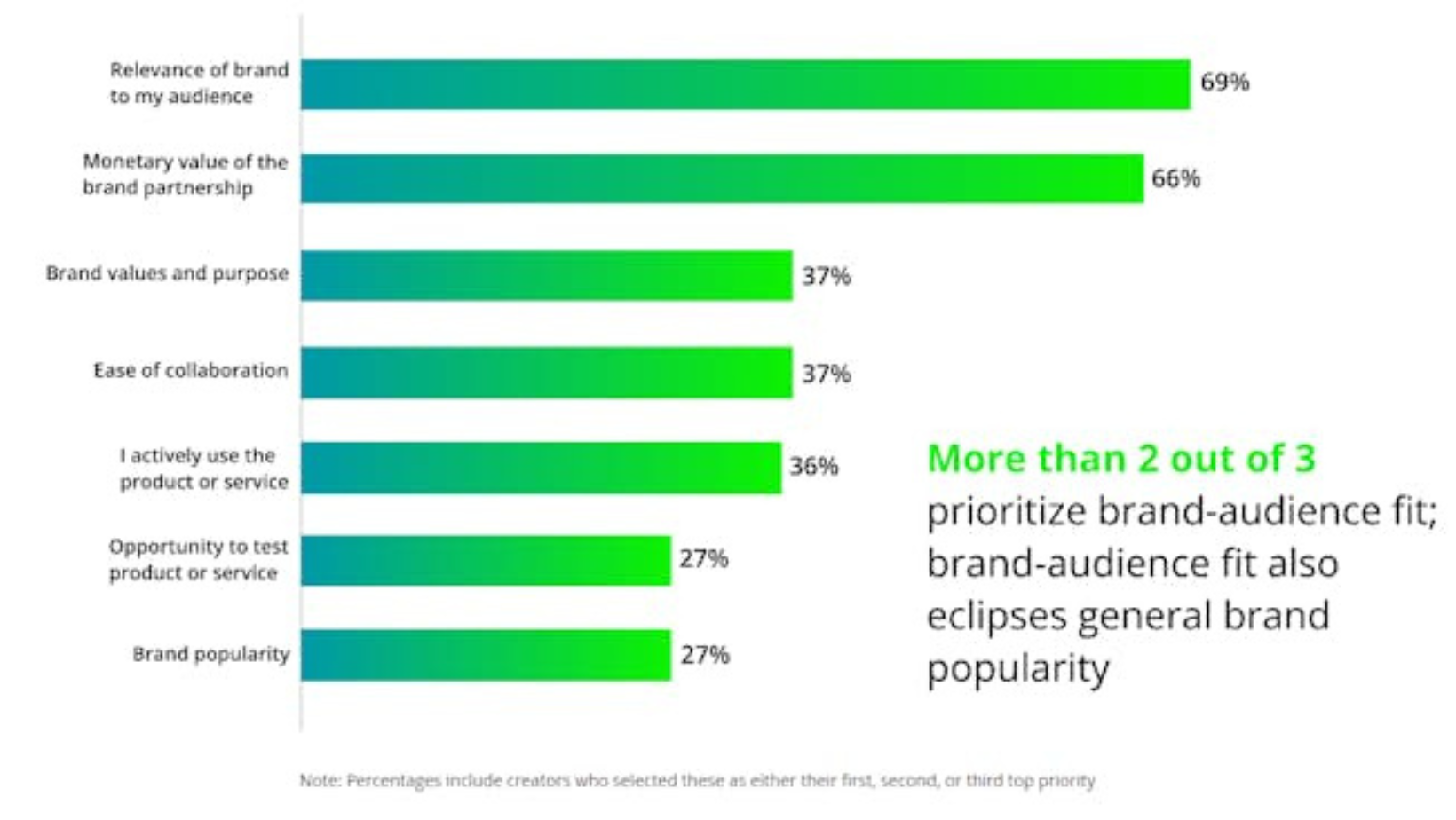
Many creators want to grow and expand their fanbases in 2023. This means they’re looking for brand partners (rather than just getting sponsored) that align with their content. However, companies also should contribute to providing guidance and support, not just letting them shoulder everything on their own.
3.3. Balance content to deliver value, not just make money.
More than half of marketers have cited a sharp increase in demand for content, according to Marq’s “Content Performance” report in recent years. But it’s not just about having more content; it’s also about providing value to potential and regular customers.
“You need to create content and speak for yourself. But you can also balance your content marketing budget with more selective content” said Stephen Walsh.
Walsh concluded: “It shows that you are immersed in a world where “our idea is unique” or “it always has to be something that comes from us”, that you are connected and focused. Pay more attention to trends. That signals buyers that you are a part of the community and not always alone.”

